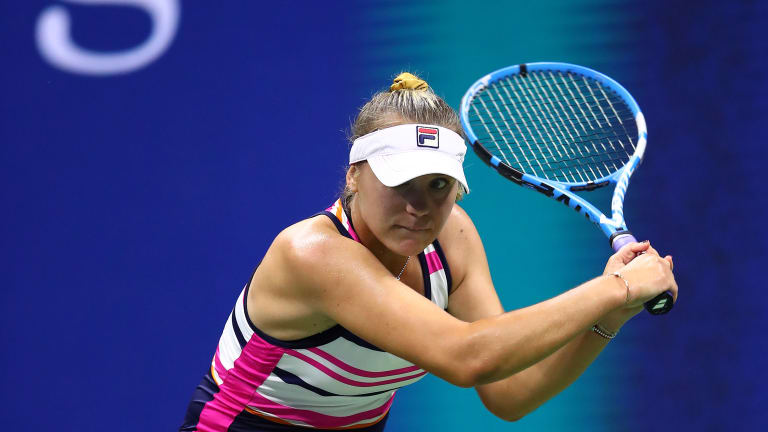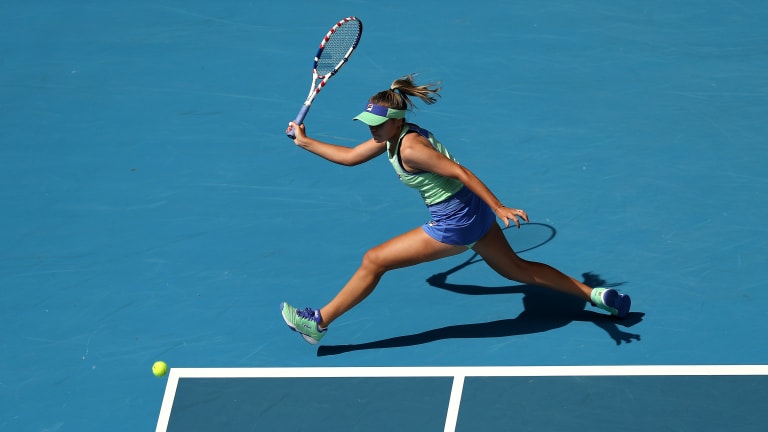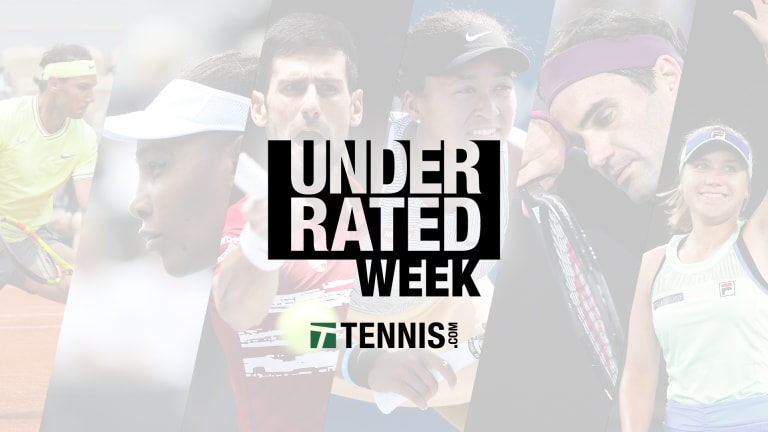The Story Behind The Picture: Sofia Kenin's underrated variety
By May 06, 2020WTA Charleston, USA
Jessica Pegula fights through fatigue to win Charleston title against Sofia Kenin
By Apr 06, 2025Pick of the Day
Charleston Betting Preview: Sofia Kenin vs. Jessica Pegula
By Apr 06, 2025Social
Quote of the Day: Coco Gauff “really wanted the 6-0” as she closed out Miami demolition
By Mar 21, 2025Miami, USA
Coco Gauff vs. Sofia Kenin: Where to Watch, Miami Open Preview, Betting Odds
By Mar 19, 2025Miami, USA
Joao Fonseca, Coco Gauff and Naomi Osaka all in action: Miami, Day 3 Preview
By Mar 19, 2025WTA Dubai, UAE
Elena Rybakina vs. Sofia Kenin: Where to Watch, Dubai Preview, Betting Odds
By Feb 19, 2025Pick of the Day
Dubai Betting Preview: Sofia Kenin vs. Elena Rybakina
By Feb 19, 2025Betting Central
Dubai Betting Preview: Sofia Kenin vs. Marta Kostyuk
By Feb 18, 2025Australian Open
Three to See, Aussie Open Day 2: Gauff vs. Kenin, Sinner vs. Jarry, Osaka vs. Garcia
By Jan 12, 2025The Story Behind The Picture: Sofia Kenin's underrated variety
Call the Australian Open champion's penchant for variety a form of instinct. But also know this definition of instinct: trained knowledge.
Published May 06, 2020
Advertising

The Story Behind The Picture: Sofia Kenin's underrated variety
© Getty Images
Advertising

The Story Behind The Picture: Sofia Kenin's underrated variety
© Getty Images
Advertising

The Story Behind The Picture: Sofia Kenin's underrated variety
Advertising

The Story Behind The Picture: Sofia Kenin's underrated variety